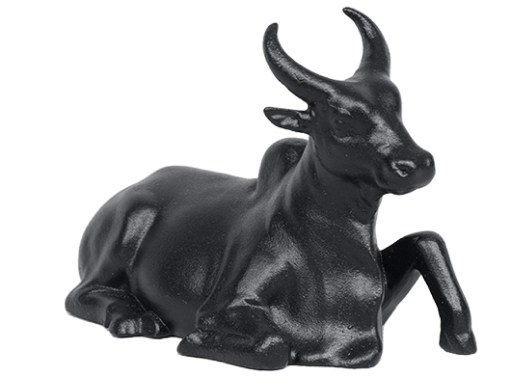Rudraksha Guide

1. What is a Rudraksha?
Rudrakshas are dried seeds of a tree, which grows in select locations of South East Asia, botanically known as Elaeocarpus Ganitrus. It is also called “Tears of Shiva” and there are many legends connected to Lord Shiva that describe its origin. The word Rudraksha comes from "Rudra" (name of Shiva) and "Aksha" meaning tears.
2. What are the benefits of wearing a Rudraksha?
Rudrakshas are very supportive in maintaining physical and mental balance. For spiritual seekers, it supports to enhance one’s spiritual growth. It’s curative properties have been utilized worldwide for a number of physical, mental and psychosomatic illnesses.
3. Who can wear the Rudraksha?
Anyone, irrespective of gender, cultural, ethnic, geographical or religious background can wear Rudraksha. They are intended for persons at any stage in life irrespective of mental and physical condition. It can be worn by children, students, the elderly and ill for many benefits. Please see question 5 below.
4. How to choose the bead size (varies between 5 mm to 8 mm)?
All our Panchamukhi Rudrakshas have the same quality, impact, and benefits regardless of the size. You can choose any of the seven sizes depending on your preference. The smaller ones cost more simply because the rudraksha is not plucked from a tree, they wait for it to fall down, fully ripe and fall down. So, it is much harder to pick up the smaller beads in the mountain so they cost more; otherwise they're about the same.
5. What are the benefits of each type of Rudraksha?
Rudraksha offered by us are carefully selected, checked for quality and consecrated. The benefits of each type are mentioned below:
- Panchamukhi: These are five-faced Rudraksha which can be worn by anyone above 14 years of age. It helps cultivate inner freedom and purity.
- Dwimukhi: These are two-faced Rudraksha intended for married persons. It is supportive for marital relationships and should be worn by both husband and wife.
- Shanmukhi: These are six-faced Rudraksha intended for children below 14 years of age. It aids in proper physical and mental development.
- Gowri Shankar: These are beads which look like two beads fused together and can be worn by anyone above 14 years of age. It aids in prosperity and balancing of Ida and Pingala Nadis (energy channels) and activates the seven chakras.
6. How to condition a new Rudraksha?
To condition new Rudraksha beads, immerse them in ghee (clarified butter) for 24 hours and then soak them in full-fat milk for an additional 24 hours. Wash it with water and wipe the beads with a clean cloth. Do not wash them with soap or any cleaning material. Due to this conditioning, the color of the Rudraksha may be altered and it is perfectly normal as these are natural beads. It is also normal that some color of the thread may also come out during the conditioning. Conditioning should be done every six months as explained below.
7. How often should I condition my Rudraksha?
Conditioning of Rudrakshas should be done every six months. To condition Rudraksha mala or beads, immerse them in ghee (clarified butter) for 24 hours and then soak them in full-fat milk for an additional 24 hours. Wash it water and wipe the beads with a clean cloth. Do not wash them with soap or any cleaning material.
8. When can I wear Rudraksha Mala?
The mala can be worn all the time. You can even wear it when you shower. If you take cold water baths and are not using any chemical soap, it is especially good for the water to flow over it and upon your body. But if you are using chemical soaps and warm water, it becomes brittle and will crack after sometime, so it is best to avoid wearing it at such times.
9. Everything you need to know about Rudraksha
Rudraksha has been a significant mark in our culture over many years. With such popularity comes many questions - let’s dig deeper into the most-asked Rudraksha questions in this three-part series:






